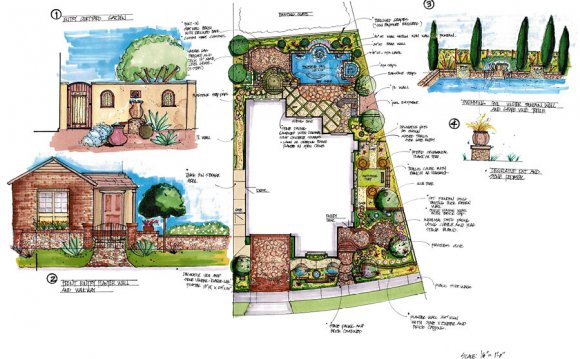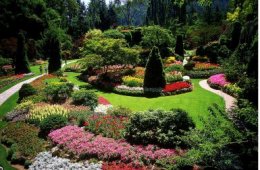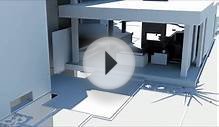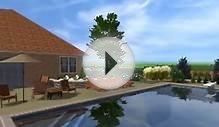
 Robin Smith/Photolibrary/Getty Images
Robin Smith/Photolibrary/Getty Images
Updated .
"Landscape design" sounds rather imposing. To be sure, one could spend years studying all the ideas in this field. But what about the DIY'er who wants to give a front yard a makeover or wishes to tinker with designing a garden? Do you need to spruce up the yard of a house you're selling? Do you simply want to enjoy an enhanced beauty in the privacy of your backyard?
Then you could profit from a straightforward look at the ideas behind designing a garden, supplemented with hands-on project guides.
Let's begin with the former:
Ever wonder about the secrets underlying the magic art of the landscape designer? Well, the resource linked to above translates that "magic, " making it understandable for the do-it-yourselfer. Study these photos illustrating landscape design ideas and learn about the concepts the pros employ.
Landscape Design Projects in Pictures
Understanding the Language of Landscape Design
Whenever you put something together yourself, you are engaged in designing, however humble the project. Sometimes we take our designing skills for granted, because what we're putting together is so commonplace for us that we are no longer conscious of the designing process. For instance, you are employing designing techniques when you compose a letter to send to somebody.
Your basic "elements" to accomplish such a task include vocabulary, spelling and grammar. Somewhat more complex elements, or "principles, " build directly on the basic elements. Letter-writing principles include conveying your ideas clearly and coming across as a courteous, intelligent individual. Your success with these principles will largely determine whether or not your letter achieves its ultimate objective.
And so it is with landscape design. Do-it-yourselfers must first learn the basic designing elements that underlie the discipline of landscape design. These fundamental elements will then serve as building blocks for learning and implementing the more advanced principles for designing a garden in the backyard. These tried and true principles are the cornerstones of the world's picture-perfect gardens.
The basic elements of landscape design are:
These five elements must be considered in designing both the hardscape and softscape of your property, the latter consisting mainly of gardens, lawns, shrubs and trees. I discuss form, line and texture in this article. I explain the use of color in my article on color theory. As for scale, it is simply the size of one component relative to adjacent components.
What can make these terms confusing is the fact that their meanings intertwine with each other, as we'll see on
YOU MIGHT ALSO LIKE












